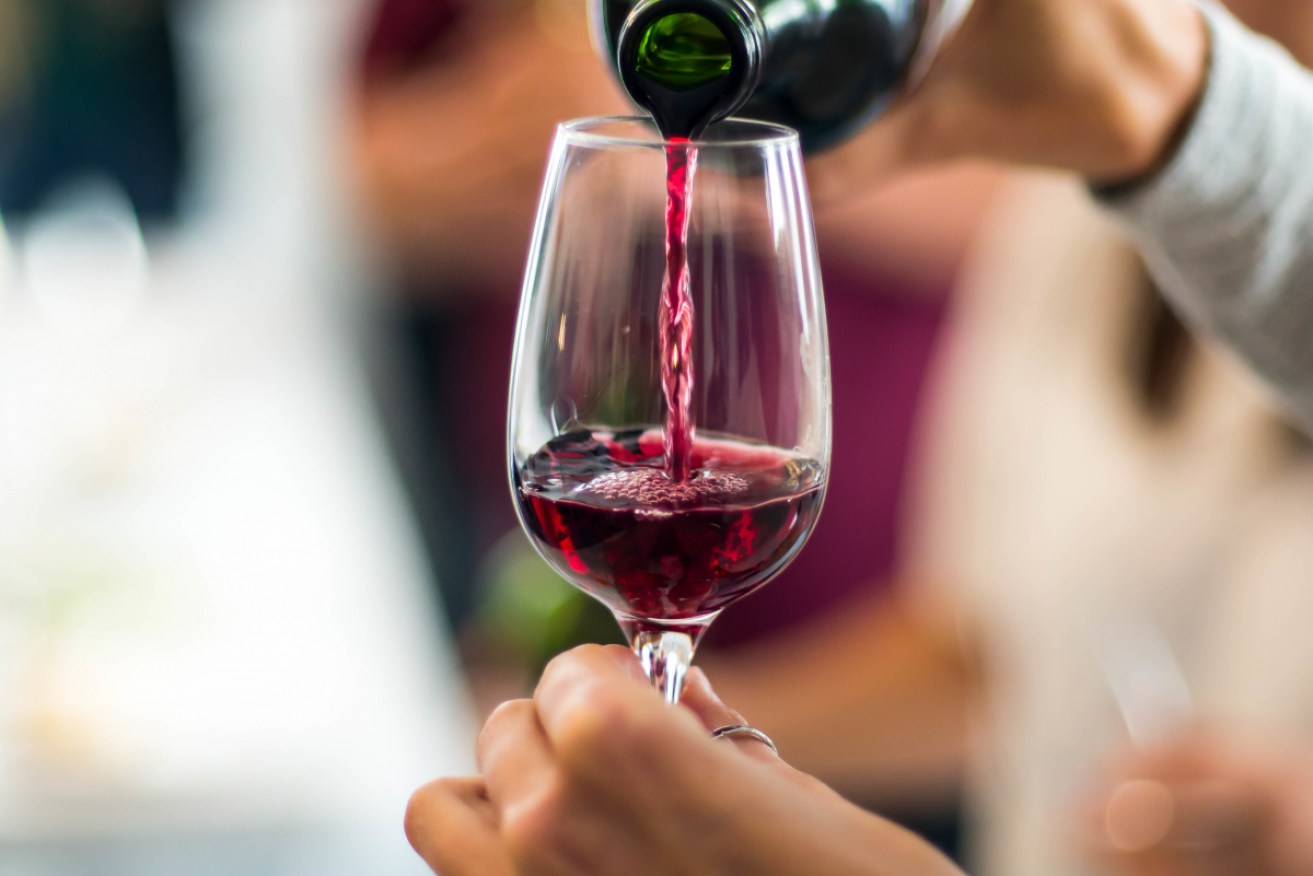Wine exports to China plummet as Australian winemakers deliver best vintage


Keep an eye out for top quality red wines this year, say Australian wine experts. Photo: Getty
Australia’s wine industry is losing hundreds of millions of dollars due to China’s punishing tariffs, the latest wine industry export report shows.
But it’s not all bad news.
One silver lining is that Australia’s 2020-21 vintage is our largest in history, with about two million tonnes of grapes crushed in wineries across the country.
That’s according to industry group Wine Australia, which said South Australia produced more than half of the total harvest – an overall 44 per cent leap compared to the previous vintage that was hindered by bushfires and drought.
“It wasn’t just the quantity – the quality was extraordinary as well,” Australian Grape and Wine CEO Tony Battaglene told The New Daily.
“Right across the board, we found it was one of those vintages that we call a ‘unicorn vintage’. Once in a lifetime.”
It’s a cause for celebration among wine-lovers around the world, but particularly in the United Kingdom, Singapore, South Korea, Malaysia, Taiwan and Hong Kong.
Australian wine exports to those countries increased by a combined $240 million compared to the previous financial year, according to Wine Australia’s latest export report.
Rachel Triggs, Wine Australia’s general manager of corporate affairs and regulation, said “a lot of those Asian markets tend to favour premium red wines”.
“The stock that was previously being taken by China has found a home in some of those markets,” she told TND.
Exports to the UK were at their highest level in a decade, Ms Triggs said, with the value of exports increasing by 23 per cent to $472 million.
However, she conceded the healthy rise in sales to the UK and our Asian neighbours wasn’t enough to offset the damage inflicted by Beijing’s tariffs.
According to the group’s latest report, Australia’s wine exports to China plummeted to just $13 million in the six months ending June 30, compared with $419 million a year earlier.
Australia’s total wine exports for the 12 months of 2020-21 dropped by 10 per cent to $2.56 billion.
China’s tariffs are here to stay
Australian winemakers will likely feel Beijing’s sting for years to come, as tensions with China show no signs of easing.
“Chinese ministers are still refusing to take phone calls from Australian ministers,” said Richard McGregor, a senior fellow at the Lowy Institute who specialises in China’s foreign relations.
“Many factors that made it worse are enduring: We’re a US ally and we’ve continued to put out critical statements about Hong Kong, the South China Sea and Chinese hacking.
“There’s no way back at the moment.”
However, there are other Australian exports besides wine and lobster that China cannot refuse, he said.
A key one is iron ore.
“As the global economy recovers from COVID, and when there’s a cyclical upturn in China and a fast recovery from a slump, it’s always about construction,” Mr McGregor said.
“Construction means steel, and steel means iron ore. China’s main alternative is Brazil, and Brazil has been hit by mining accidents and the pandemic … so it’s stuck with Australia at high prices.”
OK, so how can I help?
Perform a civic duty by walking to your local bottle shop and buying some bottles of premium red wines.
That’s the type usually snapped up by Chinese buyers.
Keep your eyes out for quality shiraz – the biggest grape variety produced this vintage – followed by chardonnay, Mr Battaglene said.
“There’ll be more high-value reds on the market because they’re not going to China,” he told TND.
“Look out for those shirazes because, across the board, they’ll be outstanding.”
Mr Battaglene said he was pleased Australians were boosting the regional economy during the pandemic by “going to the regions and drinking lots of wine”.
For reds with peppery characteristics, check the label to ensure it’s from Heathcote in Victoria, he said.
If you prefer reds that taste of raspberries and red fruits, go for one made in South Australia’s Barossa Valley, or McLaren Vale for a rich, chocolatey flavour.








